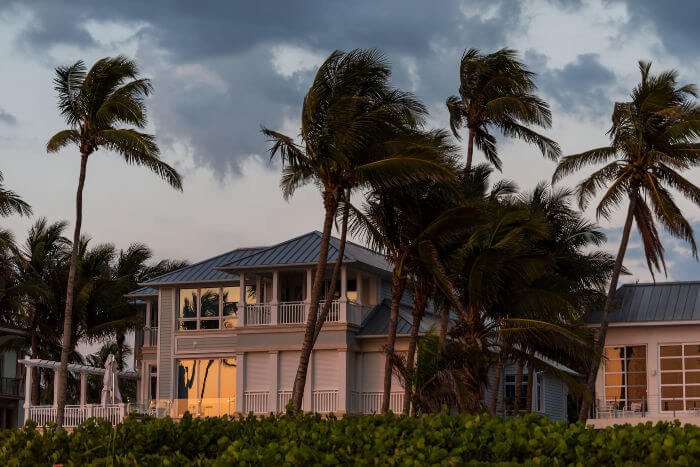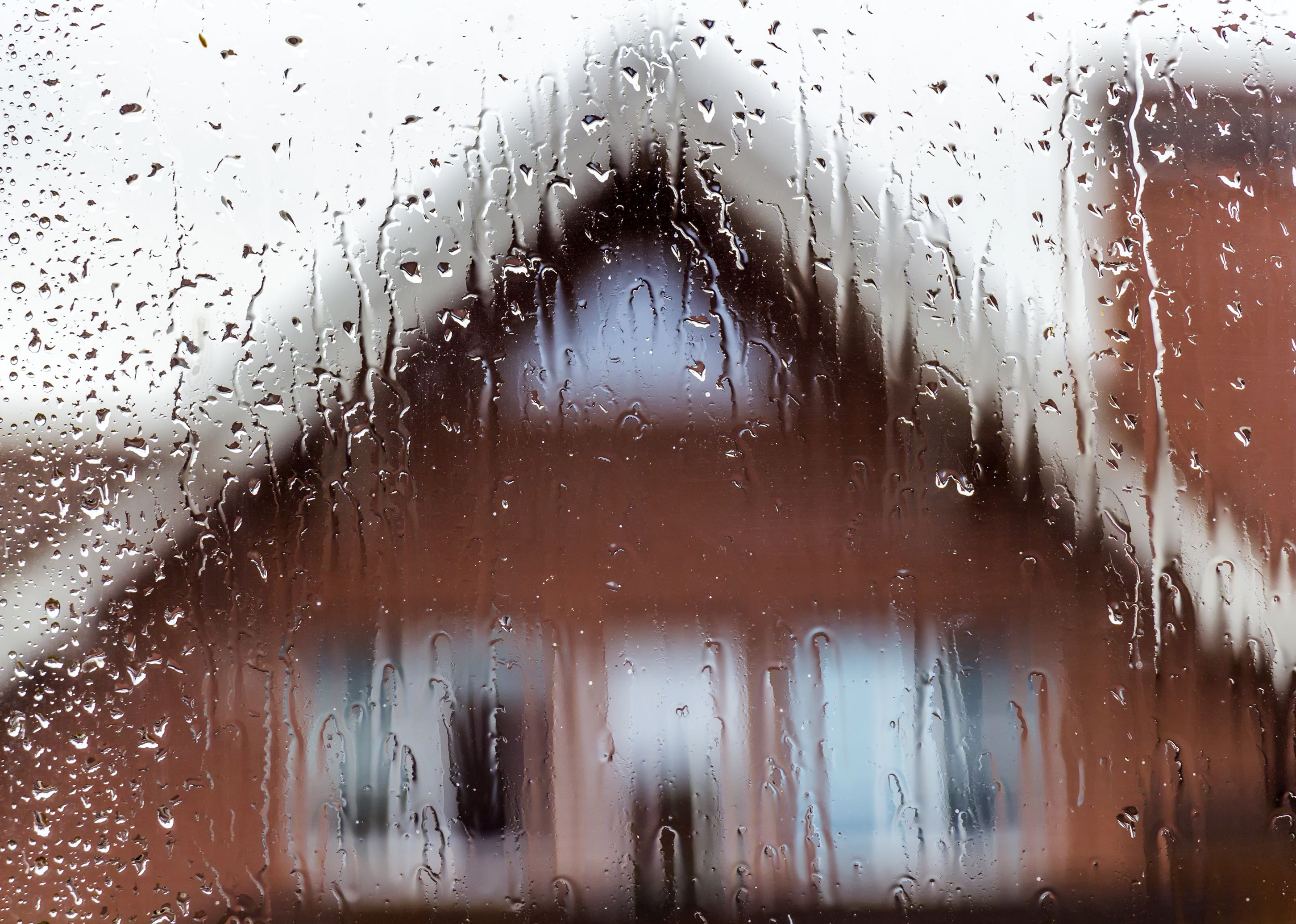Are you doing a siding project?
Modernize can pair you with three to four pros in your area, so you can compare options and save time and money.

How Siding Protects Your Home from Water Damage
Your home’s siding does much more than enhance its appearance—it protects your home from rain and moisture that can damage the interior. A severe rainstorm can lead to mold outbreaks, damaged sheetrock, property loss, and even wall collapse. Moisture can rot the studs and frames that support your home, causing significant structural damage.
This is why maintaining leak-free siding is so important. While some signs of moisture exposure, like brown spots and puffiness, are easy to spot, other leaks can go unnoticed if you don’t regularly inspect your siding. Look out for cracked vinyl, warped cladding, or siding that pulls away from the wall. Inside, peeling paint, sagging wallpaper, or unexplained stains can signal siding issues. To avoid future problems, inspect your siding frequently, especially after a storm. Proper siding installation is key to preventing these issues and keeping your home safe and sound.
Siding Plays an Active Role in Your Home’s Energy Efficiency
Your home’s siding keeps your possessions dry and your home’s interiors intact, but it also plays a supporting role in your home’s energy profile, as well. Siding acts as a final barrier, insulating your home from the elements. If your siding is aging or damaged, it can allow drafts to enter your home, meaning you’ll have to pay more — and use more energy — to maintain a comfortable temperature.
Meanwhile, quality siding also shades your home and deflects solar heat gain in the summer, meaning it works year-round to prevent energy loss. If you’re thinking about replacing your siding soon, you’ll get the best energy efficiency with improved durability if you go with vinyl. However, if you live in an area prone to high winds and storms, such as in a hurricane zone or on the plains, sometimes it can be damaged by flying debris. In these cases, an insulated aluminum siding may be a better choice.
Regardless of the siding you choose, you’ll improve your interiors’ R-value and insulation if you install rigid foam insulation under the siding. This works with your home’s interior insulation to keep you toasty and warm, and it serves as a last thermal barrier against the elements.
Find the Right Contractor for Your Siding Project
Whether you’re ready to begin your project now or need some expert advice, our network of contractors are here to help. With a few simple questions, we’ll find the best local professionals for you

Protecting Your Home’s Interiors During Siding Installation
There’s no two ways about it: tearing off and installing new siding exposes your home to the elements. That means that your home’s interiors may be slightly more uncomfortable while the installers are working. If you need to remain in your home while the installation is going on, and the temperature is a big concern to you, it’s best to wait until the warmer weather to begin a siding replacement project.
Most installers are aware that they’re affecting your comfort levels, so they’ll tear off and replace in sections when the weather is less than ideal. Just to make sure, however, ask your contractor about their process before you begin to get the full scoop on what you’re in for, especially if you’re doing an off-season installation.
If you’re thoughtful about your siding selection and maintenance, you’ll be enjoying comfortable interiors — and utility bills! — all year long. Now that’s something to cheer about!
Find the Right Contractor for Your Siding Project
Whether you’re ready to begin your project now or need some expert advice, our network of contractors are here to help. With a few simple questions, we’ll find the best local professionals for you
Reviews from Real Homeowners
Welcome to Homeowner Resources! We are the Modernize blog. Modernize pairs more than 3 million homeowners a year with pre-vetted contractors in their area. This blog started because we believe homeowners should know everything about their homes, from how their HVAC works to which front door colors they might love. On Homeowner Resources, you can find information on every part of your home, right down to how you can negotiate with contractors to get the best price. Here's more about the blog.
Need a contractor? Learn more about how Modernize finds the right pro for you.




